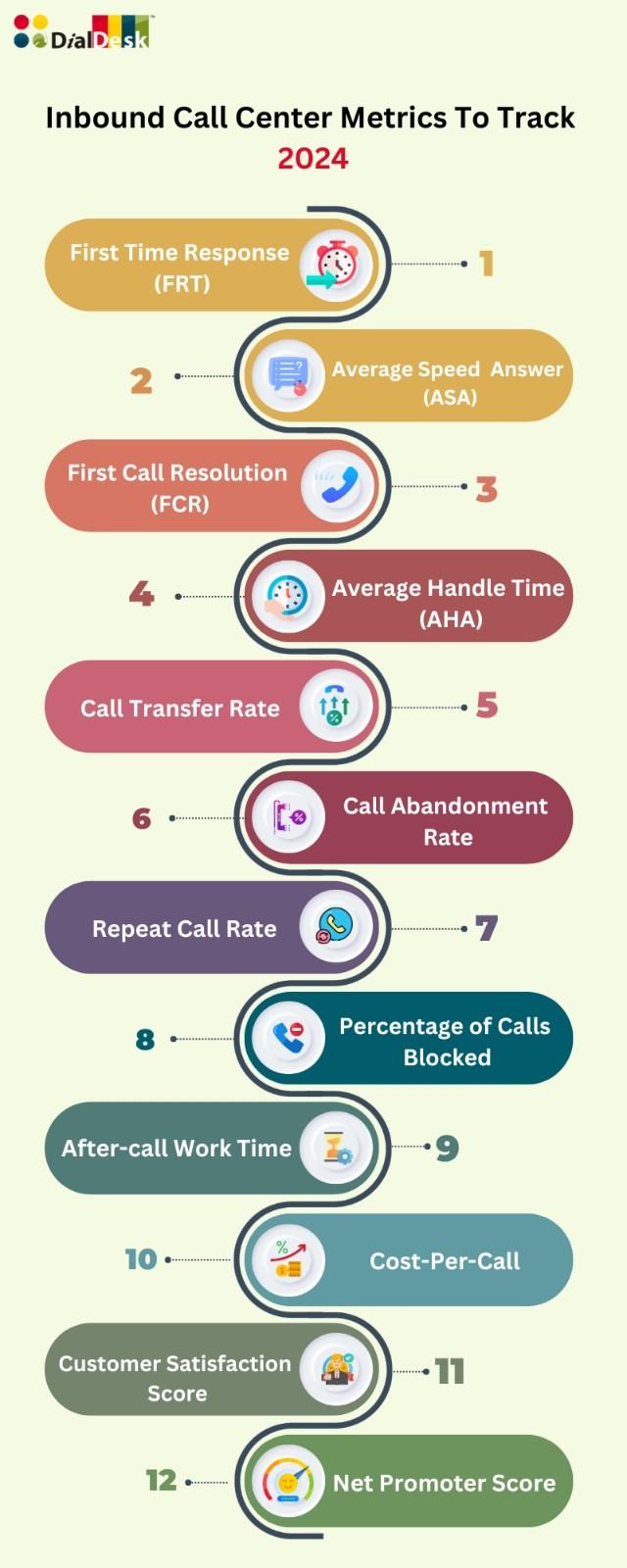Repeat Call Rate
The percentage of inbound calls from customers with the same unsolved issue is measured by a call center metric called the Repeat Call Rate. Usually, it is measured over a predetermined time frame, such as the last five to ten days.
Undoubtedly, your customer satisfaction and FCR rate will drop if you receive a lot of follow-up calls from your clients. Finding and addressing the underlying reasons behind follow-up calls is essential to lowering the repeat call rate.
Furthermore, self-service alternatives can be implemented to allow consumers to take care of problems on their own.






